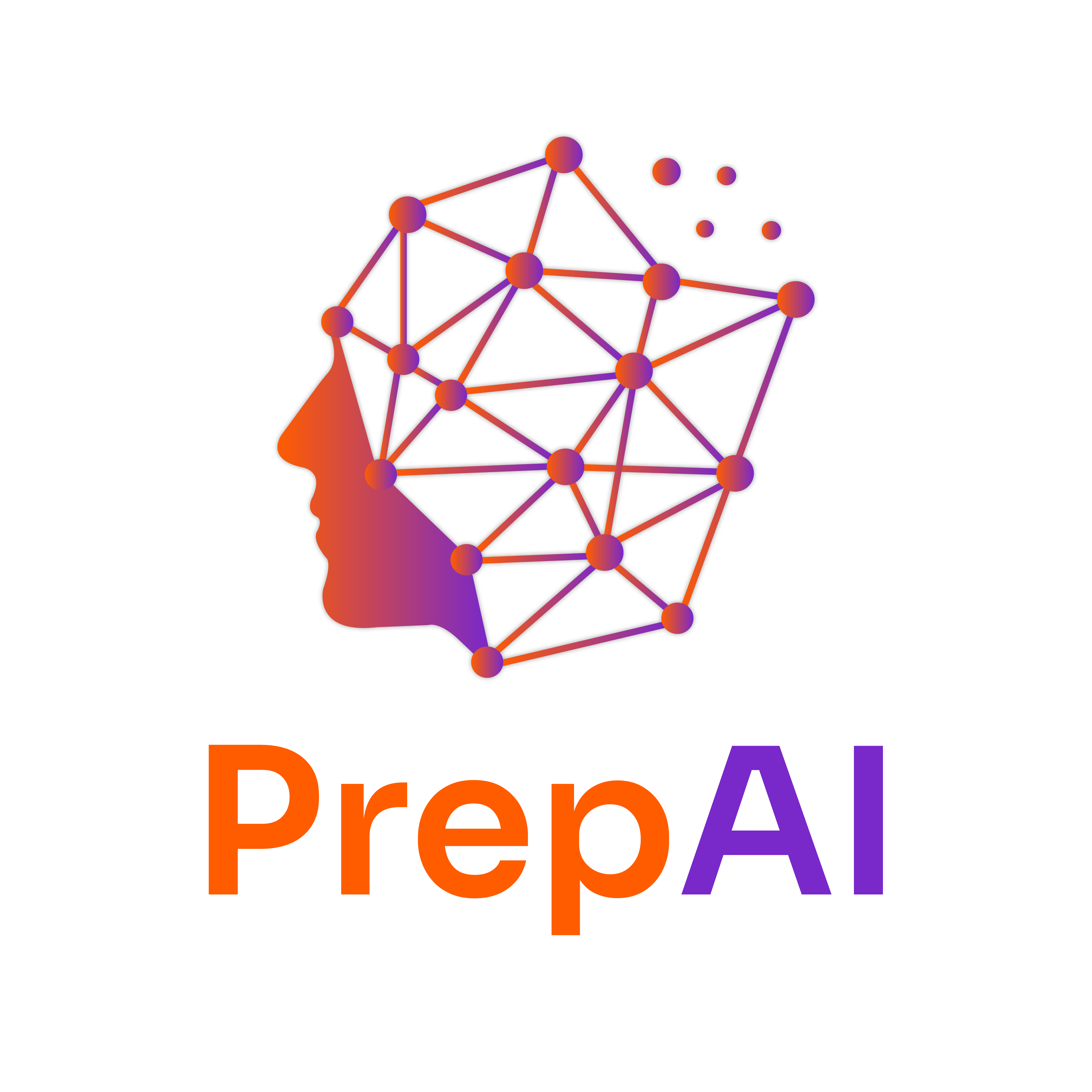Understanding Collections, Documents, and Schema Design in NoSQL Databases
Definition
In NoSQL databases, collections are groups of documents, and documents are individual records stored in a collection. Schema design refers to the structure and organization of data within these collections and documents.
Example: Think of a collection as a library shelf (collection) and each book on that shelf as a document. Each book (document) contains information (data) about a specific topic.
Explanation
1. Collections
- Definition: A collection is a grouping of related documents in a NoSQL database.
- Characteristics:
- Collections do not require a fixed schema.
- They can contain documents with different structures.
- Real-World Example:
- In an e-commerce application, you might have a collection named
productsthat holds documents for each product, such asshoes,shirts, andaccessories.
- In an e-commerce application, you might have a collection named
2. Documents
-
Definition: A document is a single record in a collection, typically represented in JSON format.
-
Characteristics:
- Documents can have varying fields.
- They are self-describing and can include nested data structures.
-
Real-World Example:
- A document in the
productscollection could look like this:{ "name": "Running Shoes", "price": 59.99, "category": "Footwear", "inStock": true }
- A document in the
3. Schema Design
-
Definition: Schema design in NoSQL databases involves planning how data is structured and organized within collections and documents.
-
Key Considerations:
- Data Access Patterns: Understand how data will be queried and accessed.
- Denormalization: Unlike relational databases, NoSQL often uses denormalization for performance.
- Scalability: Design should accommodate future growth.
-
Real-World Example:
- In a social media application, you might have a
userscollection where each document contains user information, friend lists, and posts, allowing for quick access to all related data.
- In a social media application, you might have a
Real-World Applications
- E-Commerce: Managing products, orders, and customer data.
- Social Media: Storing user profiles, posts, and interactions.
- IoT Devices: Collecting and organizing sensor data from various devices.
Challenges:
- Data Redundancy: Can lead to increased storage costs.
- Complex Queries: Some NoSQL databases may struggle with complex queries compared to SQL databases.
Best Practices:
- Understand Access Patterns: Design collections and documents based on how data will be accessed.
- Use Consistent Naming Conventions: Helps in maintaining clarity and organization.
- Monitor Performance: Regularly check query performance and optimize schema as needed.
Practice Problems
Bite-Sized Exercises:
- Identify Collections:
- Given a list of documents (users, products, orders), identify potential collections.
- Create a Document:
- Write a JSON document for a movie in a
moviescollection with fields like title, director, release year, and genre.
- Write a JSON document for a movie in a
Advanced Problem:
- Design a Schema:
- Design a schema for a
librarycollection that includes books, authors, and genres. Consider how you would structure the documents to allow for efficient querying by author or genre.
- Design a schema for a
Tool-Specific Instructions:
If using MongoDB:
- Creating a Collection:
db.createCollection("products"); - Inserting a Document:
db.products.insertOne({ "name": "Running Shoes", "price": 59.99, "category": "Footwear", "inStock": true });
YouTube References
To enhance your understanding, search for the following terms on Ivy Pro School’s YouTube channel:
- “NoSQL Database Basics Ivy Pro School”
- “MongoDB Schema Design Ivy Pro School”
- “Collections and Documents in MongoDB Ivy Pro School”
Reflection
- How does understanding collections and documents change your perspective on data organization?
- What challenges do you foresee in designing schemas for your projects?
- How can you apply the principles of schema design to improve data retrieval in your applications?
Summary
- Collections are groups of related documents in NoSQL databases.
- Documents are individual records, often in JSON format, that can vary in structure.
- Schema Design involves planning data organization to optimize for access patterns and scalability.
- Real-world applications span various industries, with specific challenges and best practices to consider.
